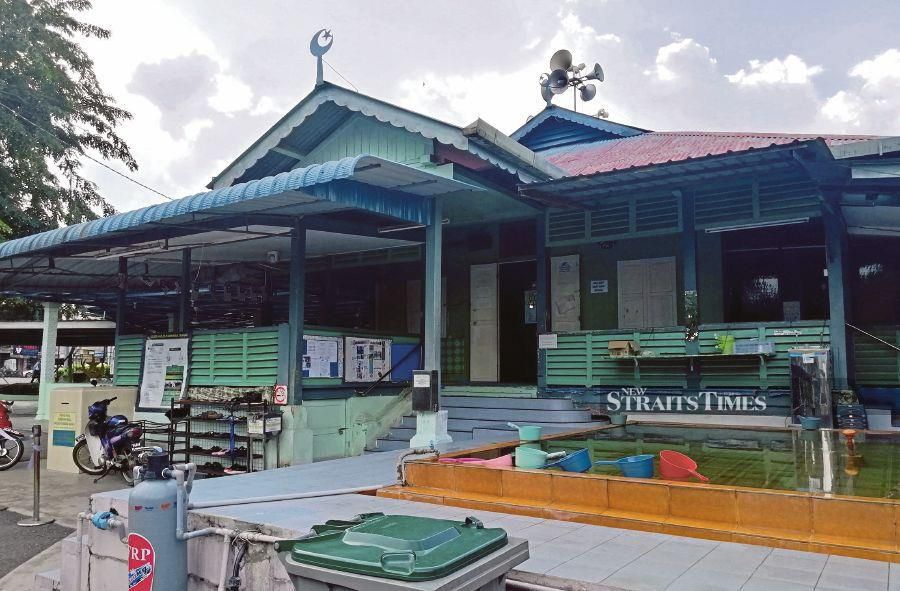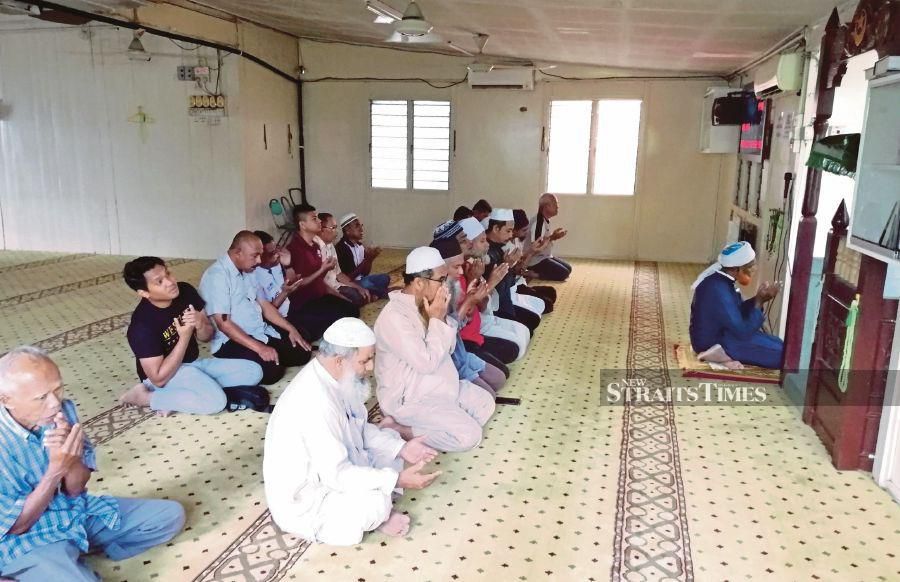
Bahau's unique Rahmania Mosque still stands tall
by Abnor Hamizam Abd ManapJEMPOL: The town of Bahau may have bade farewell to its former reputation as a ‘cowboy town’, having enjoyed an industrial and property boom in recent years.
However, the former rubber, oil palm and timber hub still holds on to pieces of its history, in particular the 88-year-old Rahmania Mosque, located in Bandar Bahau.
The mosque holds special significance as its khutbah Jumaat (Friday sermons) are delivered in both Tamil and Bahasa Melayu.
It dates back to the 1930s when Nagoor Meera, an Indian-Muslim merchant from India, arrived in Bahau to open his grocery business.
At the time, Bahau, which had a mostly Chinese community, did not have a mosque for the Muslim community, which prompted Nagoor to build one.
Rahmania Mosque secretary Ustaz Umar Bawa, 52, said Nagoor began building the mosque in 1931 and used his own money to hire workers.
The mosque, located in the vicinity of the Kampung Indah Muslim cemetery, measures a modest 48 square metres end to end.
It can accommodate a maximum of 150 people.
Its walls, floors and ceiling were built using wood gathered from forests near Bahau. It was then known as Masjid India Bahau (Bahau Indian Mosque).

“It was the only mosque in Bahau at the time and it became the gathering point for the Muslim community to perform their prayers,” said Umar.
He added that once the mosque was completed, Nagoor got a few imam from India to manage it.
“That is why to this day, the khutbah Jumaat is delivered in both Tamil and Bahasa Melayu,” he said.
In 1951, the mosque had to be relocated as some felt that its location within the grounds of the Kampung Indah Muslim cemetery wasn’t appropriate.
However, it was moved merely several hundred metres down the road, rebuilt to the exact same specifications and has remained so to this day.
Nagoor was believed to have died in India.
Umar said in 1994, Nagoor’s son handed over the management of the mosque to the Bahau Muslim community, and its name was subsequently changed to the Rahmania Mosque.
Umar added that the mosque’s management had never met any of Nagoor’s heirs.
They were told that his son had also died in India.
“As such, much of the history of the mosque cannot be archived. What’s left is a document relating to the construction of the mosque, as well as its floor plans,” he said.
The mosque’s management, however, has upheld the practice introduced by Nagoor by employing an imam from India who is assisted by two local imam.
The passing of time, said Umar, had not been kind to the mosque’s exterior and interior. Its walls, floors and ceilings are worn out.
Umar added that the mosque’s management had since launched a fund to build a new mosque, which was estimated to cost RM5 million.
“We don’t want to demolish the original structure, but the deteriorating conditions have forced us to build a new mosque, which will be more convenient for the congregation.”
Umar said the Rahmania Mosque had become a symbol of unity for the township, as it was used not just by the Indian-Muslim community but also the Malays.